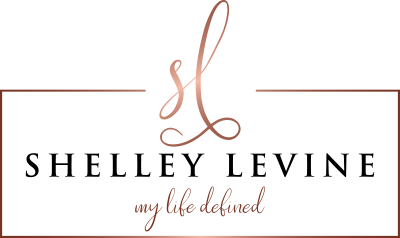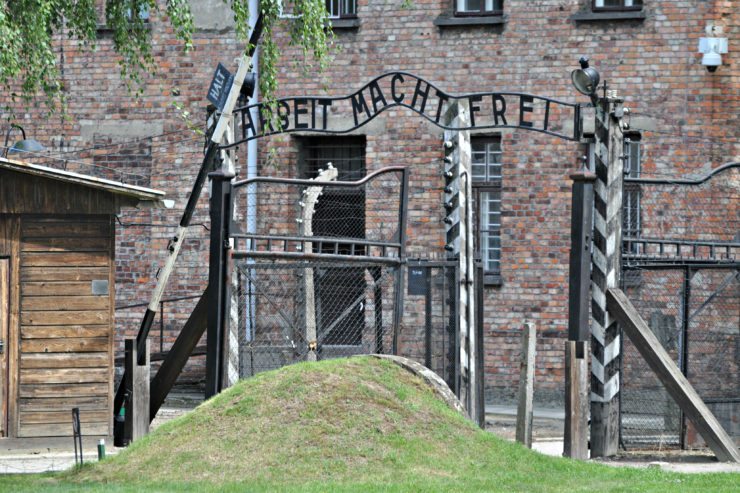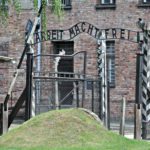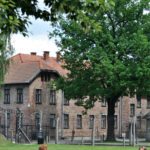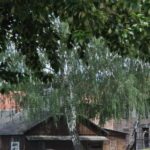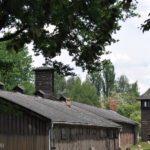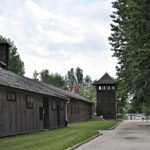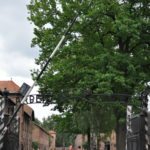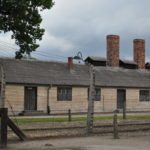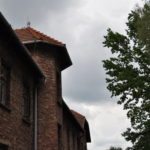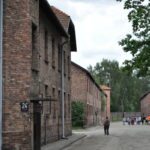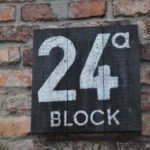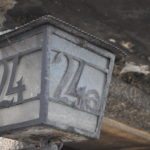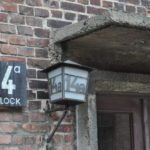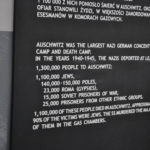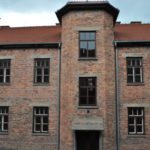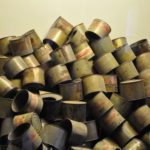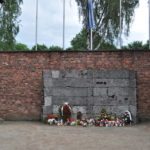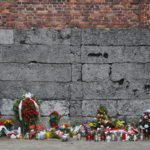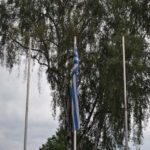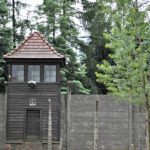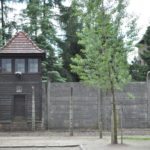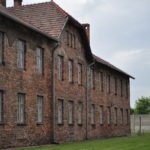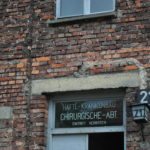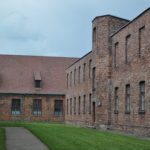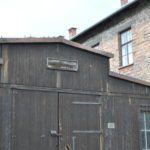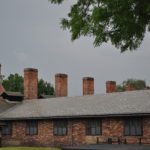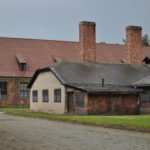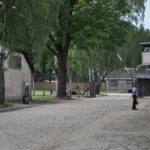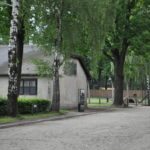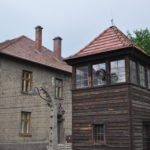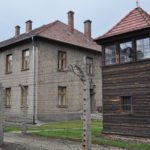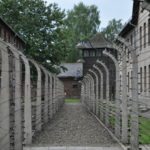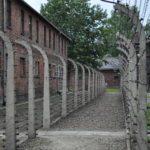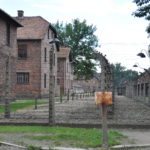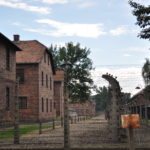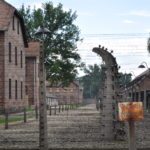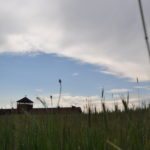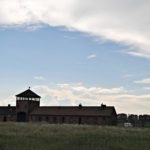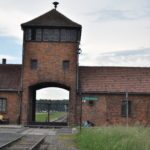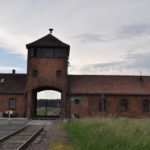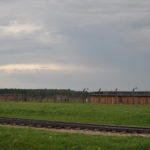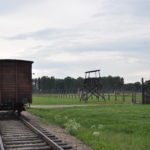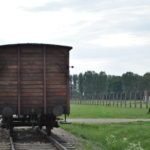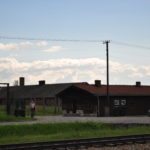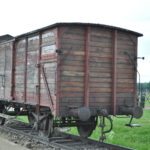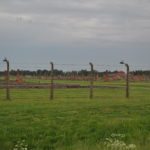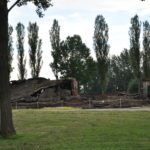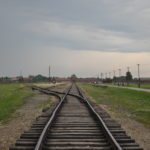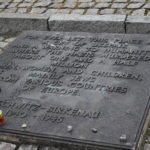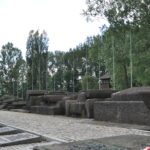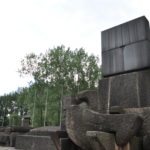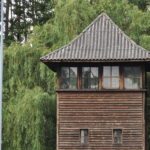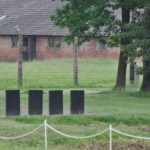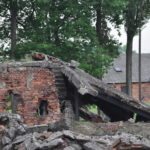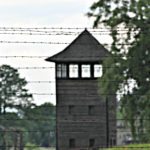May 28, 2014
On May 28. 2014, Allan, Alex and I visited Auschwitz. Experiencing Auschwitz was intensely emotional and draining. Allan’s uncle, Norman Feinmehl, Grandma Lil’s brother in law, was survivor of the Holocaust. According to records, Norman was in both Auschwitz and Birkenau.
https://collections.ushmm.org/search/catalog/vha13216
The Auschwitz-Birkenau museum, a UNESCO world heritage site, is about 60kms west of Krakow. We spent one night in Krakow, visiting Aucshwitz-Birkenau, Shindler’s Factory and the Salt Mines the next day. We made arrangements for a driver to take us to Prague when we arrived back at the hotel. We did not want time constraints.
Auschwitz-Birkenau is actually two distinct camps located about 2 miles apart. There is a free shuttle bus that regularly transports people between Auschwitz I and Birkenau. Auschwitz I is smaller, with big brick buildings, and more permanent architecture. Auschwitz I, the main camp, is the one with the infamous “Arbeit Macht Frei” sign over the entrance. It comprises rows of neat red brick buildings that, disconcertingly, give no outward sign of the horrors that took place there. The buildings have displays that tell us the story of this terrible place and show us the sad remnants left behind by victims — old suitcases, piles of shoes, mounds of hair, pots and pans, Jewish religious items. Auschwitz II, Birkenau, is massive with the infamous railway line leading into it. On both sides of the track, stretching as far as the eye can see, are the huts or remains of huts that housed hundreds of thousands of slave laborers. The platform where people were selected for labor or sent to the gas chambers is roughly in the middle and is still in its original, chilling state. At the far end are the preserved ruins of the gas chambers and crematoria, blown up by the Germans when they began to retreat.
From January 17 to 21, 1945, the Auschwitz administration evacuated about 58 thousand prisoners into the depths of the Reich. At the same time, the SS were burning the camp records. On January 20, they blew up crematoria and gas chambers II and III in Birkenau. Just after the end of the evacuation, on January 23, they set fire to Kanada II, the warehouse full of property plundered from the Jews. Three days later, they blew up gas chamber and crematorium V. When Red Army troops entered the grounds of the camp on the 27th, they found about 7 thousand prisoners there, most of them sick and at the limits of physical exhaustion.
Shelley’s Photos
https://shelleylevine.com/shelleys-photos-auschwitz/
Alex’s Photos
Click on image to start slideshow.
- The entrance to the Auschwitz I with the sign “:work sets you free” over the gate.
- The entrance to the Auschwitz camp with the sign “:work sets you free” over the gate.
- Block 24, the location of the brothel and library, is the first building that visitors see on a tour of Auschwitz I.
- Block 24, the location of the brothel and library, is the first building that visitors see on a tour of Auschwitz I.
- Block 24, the location of the brothel and library, is the first building that visitors see on a tour of Auschwitz I.
- Empty Zyklon-B canisters
- Auschwitz death wall located between block 10 and 11
- Auschwitz death wall located between block 10 and 11
- Guard tower
- Guard tower
- Barbed wire electrical fence.
- Barbed wire electrical fence.
- Barbed wire electrical fence.
- Barbed wire electrical fence.
- The main entrance to Auschwitz II (Birkenau)
- The main entrance to Auschwitz II (Birkenau)
- A cattle wagon of the type used to transport prisoners from around Europe
- A cattle wagon of the type used to transport prisoners from around Europe
- A cattle wagon of the type used to transport prisoners from around Europe
- Barbed wire electrical fence.
- The memorial at Birkenau to those who died.
- Watch tower
- The remnants of one of the Birkenau crematoria blown up by the Germans a few months before The Liberation.
- Barbed wire electrical fence and guard tower.
